Page Mill and Moody Roads
/The only way up to the Skyline crest (on the San Francisco Peninsula) directly from Palo Alto is Page Mill Rd., which, west of I-280, is a snaking, upward ridge-hugging road that joins Skyline Blvd. after serious bike climbing that includes a five mile section of an 1,800 foot climb.
The grandly named Mayfield and Pescadero Rd. was built in 1866 by man named Page to serve his lumber mill. William Page had sought a direct route for oxen to haul redwood logs uphill from the headwaters of Pescadero Creek up and over the crest to the town of Mayfield, which was located where Page Mil Rd. crosses El Camino Real in Palo Alto today. Page sold a half interest in his mill a year after the road was built, to let his partner, Alexander Peers, run the operation. He may have lost some interest after being treed by a grizzly bear that year while near the mill site. Page continued to run his Mayfield lumber yard. The road continued to be known as Page’s mill road.
The town of Mayfield began with the construction in 1853 of an El Camino Real stage stop tavern called Uncle Jim’s Cabin. With the building of a train station on the extension of the railroad south from San Francisco, a commercial center consisted of the Mayfield Hotel (constructed in 1867), Page and Peer’s lumber yard, and a brewery which opened in 1868. Over the next couple of decades, the town’s most thriving industry was its saloons, popular with the lumber men. It was also popular with the students of Stanford University, which opened in 1891. Mayfield’s saloons created problems for the university’s officials, whereas nearby Palo Alto grew as a more respectable residential and business district. When Mayfield yielded to pressure and prohibited its saloons a decade later, the loss of revenue led to the town’s eventual annexation to Palo Alto.
Nowadays, Page Mill Rd. runs straight from El Camino Real to Foothill Expressway, then winds up a hill climb that can be avoided by bicyclists who take Old Page Mill Rd. to the right, (this part of the road is blocked against automobile entry). The seldom-driven road crosses Matadero Creek twice before passing a red brick tower which seems more suited to a castle turret in France. In 1874, a mysterious, wealthy Frenchman arrived in the area with his family and purchased a local ranchero called the Matadero Rancho, named for the cattle slaughter yard alongside the creek.
The Frenchman, who called himself Peter Coutts, turned the ranchero into a great estate called Ayrshire Farms for the dairy cattle and horses he bred there. Six years later he and his family returned to France, selling his attractive property to Leland Stanford. The brick edifice has continued to be called Frenchman’s Tower. Its purpose has been debated and perhaps it was nothing more than a landmark for Coutts, who, it was later uncovered, had been a banker and newspaper publisher.
The old road rejoins the multi-lane freeway connector before returning to its two-lane width as it begins the climb up to the crest. During a steep climb past Foothill Park, the last exit before Skyline Blvd. is at Moody Rd., which descends into the long Adobe Creek Valley of Los Altos Hills. George Washington Moody came to California by wagon train in 1847. When railroad construction began from San Francisco in 1864, Moody purchased property at the end of the long valley, which was rumored to be a future train route to the coast, (which never happened). Nevertheless, a public road was built connecting to Page’s road and Moody opened a stage coach inn on his property, which was renamed Hidden Villa but later owners for its seclusion at the end of the valley. Bikers travel narrow Moody Rd. almost two miles on relatively gentle, tree-lined grades before making the last half-mile, unshaded 12 percent climb to Page Mill, where, breathless, they may encounter cyclists coming up Page Mill Rd. who are working on their own mile-and-a-half 7 percent climb.
From the last intersection before the top, another half-mile climb leads to a brief dip, after which a mile-and-a-half section of 8 1/2 percent grade begins. From Skyline, the road, now called “Alpine,” descends to the town of La Honda. It’s seven miles and 1,850 feet back up west to Alpine Road.
Along the way, the down-and-back-up road to Portola State Park meets Alpine Road. It’s a tough a ride as the rest of west Alpine Rd., but provides a dip into the redwood forest that includes Page’s old mill site.
Published Cycle California, April 2004, Vol. 10, #3



